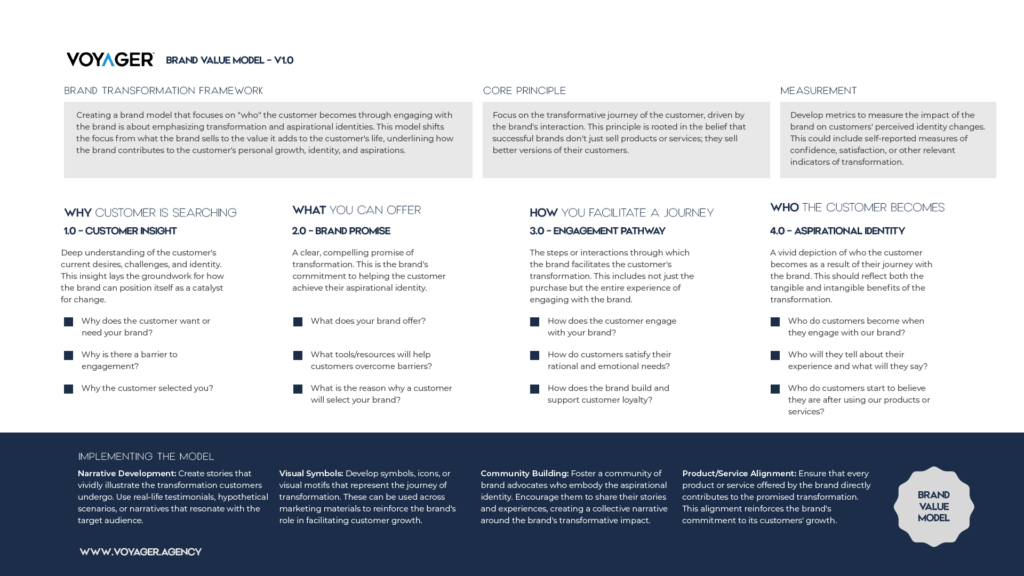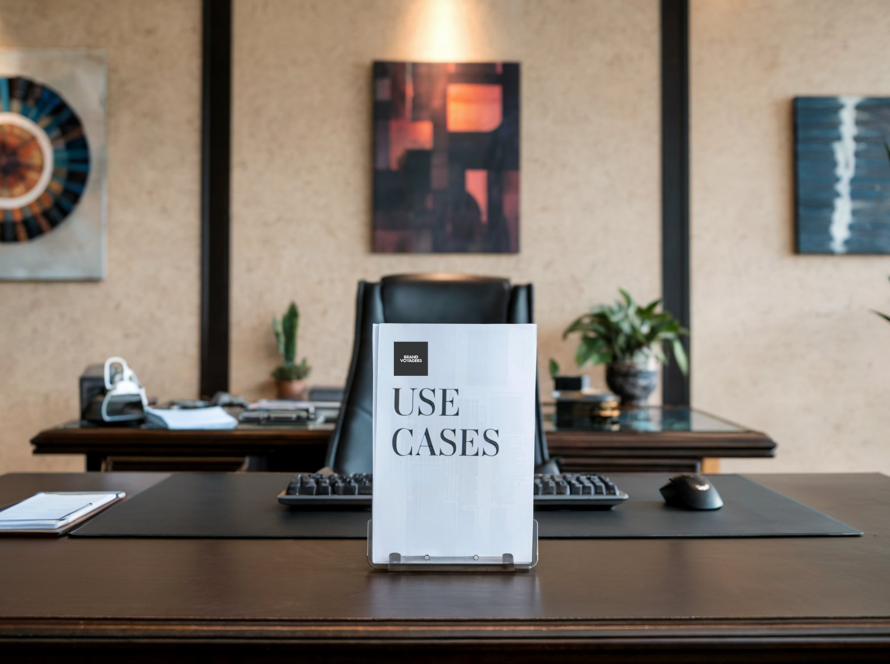|
Getting your Trinity Audio player ready...
|
Google’s latest innovation, NotebookLM, is set to revolutionize the way companies produce podcasts. By transforming raw content into personalized audio experiences, this technology marks an exciting leap forward in content synthesis and automation.
A Look into Google’s NotebookLM and Podcast Synthesis
Google’s NotebookLM provides a glimpse into the future, where language models (LMs) can interpret charts, data, and background information, creating conversational podcasts from diverse inputs. This capability opens new doors for brands and businesses looking to reach audiences in more intimate, personal formats.
How NotebookLM Works
NotebookLM allows users to input various forms of content—text, charts, and background materials—and transforms them into podcast-ready scripts. This goes beyond simple transcription or voice reading; the system attempts to build conversations around the material, offering a unique blend of information and narrative. By analyzing the content, it strives to create discussions that feel somewhat human, bridging the gap between automated output and genuine dialogue. The ability to engage with complex data in this manner suggests a future where companies can rely more heavily on AI to generate dynamic, informative podcasts from otherwise static content.
We tested this by uploading our own Brand Voyagers model chart to see how well the system could turn that visual data into an engaging, conversational podcast episode. While the system grasped some of the broader points, the nuances and strategic depth of the chart were harder for it to fully explain conversationally. However, this exercise proved that as LMs evolve, their ability to interpret and discuss increasingly complex datasets will improve, adding significant value for businesses aiming to disseminate detailed information through audio formats.

A Step Toward Personalization and Intimacy
Podcasts offer a more personal connection than written content, engaging listeners through tone, emphasis, and pacing, which is why they continue to grow in popularity. According to industry experts, more people are consuming information through podcasts than ever before. Edison Research highlights that nearly half of Americans now regularly listen to podcasts, often preferring them over written content because they fit easily into daily routines—whether during commutes, workouts, or household chores.
“Audio content, particularly podcasts, taps into an emotional and intimate space that written content simply can’t match,” says Jean Houston, a psychologist and author. “It allows for a kind of subconscious connection between the speaker and the listener, making the content feel more personal and less scripted.”.
Potential and Limitations
While NotebookLM represents a bold step forward in content creation, it does have some notable limitations. The podcasting style generated can sometimes feel overly structured or unnatural, with excessive use of agreement phrases that detract from the fluidity of a typical human conversation. As the technology progresses, there’s still room for improvement in making these conversations feel less like scripted promotional spots and more like genuine discussions. This is especially important for podcasts, where authenticity and natural flow are key to listener engagement.
As we tested our own case study with Brand Voyagers, one limitation we noticed was the sometimes overly enthusiastic tone, making the content feel a bit like a paid advertisement. The system had a tendency to agree and emphasize certain points repetitively, which could be off-putting for more discerning listeners looking for depth over affirmation.
The Future of Content Synthesis
The rise of AI-driven content creation tools like NotebookLM signals a future where creating content can be highly personalized and scalable. Companies can turn existing resources—whether internal reports, public datasets, or charts—into full-fledged audio experiences without the need for a traditional production team. While it may not yet replicate the nuanced storytelling of a seasoned host, it points to a future where the boundary between human-created and AI-generated content continues to blur.
As companies look for new ways to engage audiences, synthesizing content into podcasts may soon become the go-to method for large-scale information sharing. Given the continued rise of audio content consumption, leveraging AI for this purpose aligns with shifting consumer preferences. Experts like Katherine Gehl and Michael Porter, in their work on competition in the politics industry, underscore the importance of new tools in delivering content that both informs and engages the public.
Key Takeaways
- Personalization at Scale: Google’s NotebookLM provides a glimpse into the future of personalized content creation. It allows businesses to create podcasts based on existing content inputs, such as reports, data, and charts.
- Growing Popularity of Podcasts: With nearly half of Americans regularly consuming podcasts, this format provides an intimate, engaging way to reach audiences.
- Current Limitations: While the technology is promising, it currently has some limitations in replicating natural conversation, and its tone can sometimes feel overly promotional.
- The Future of Information Sharing: As LMs improve, their ability to synthesize and interpret complex data will grow, making AI-driven content a central tool for brands and businesses in the coming years.
FAQs
What is NotebookLM? Google’s NotebookLM is a tool that transforms content inputs into conversational podcasts, allowing businesses to quickly generate audio content from charts, reports, and data.
How does it compare to traditional podcasting? While NotebookLM automates the process, traditional podcasts typically involve human hosts who provide more nuanced, natural conversations. However, NotebookLM offers a scalable solution that can make content creation faster and more accessible.
Is it worth trying for businesses? Despite its current limitations, it’s certainly worth exploring for businesses that want to produce personalized, data-driven podcasts at scale. As the technology improves, the opportunities for content synthesis will only grow.

